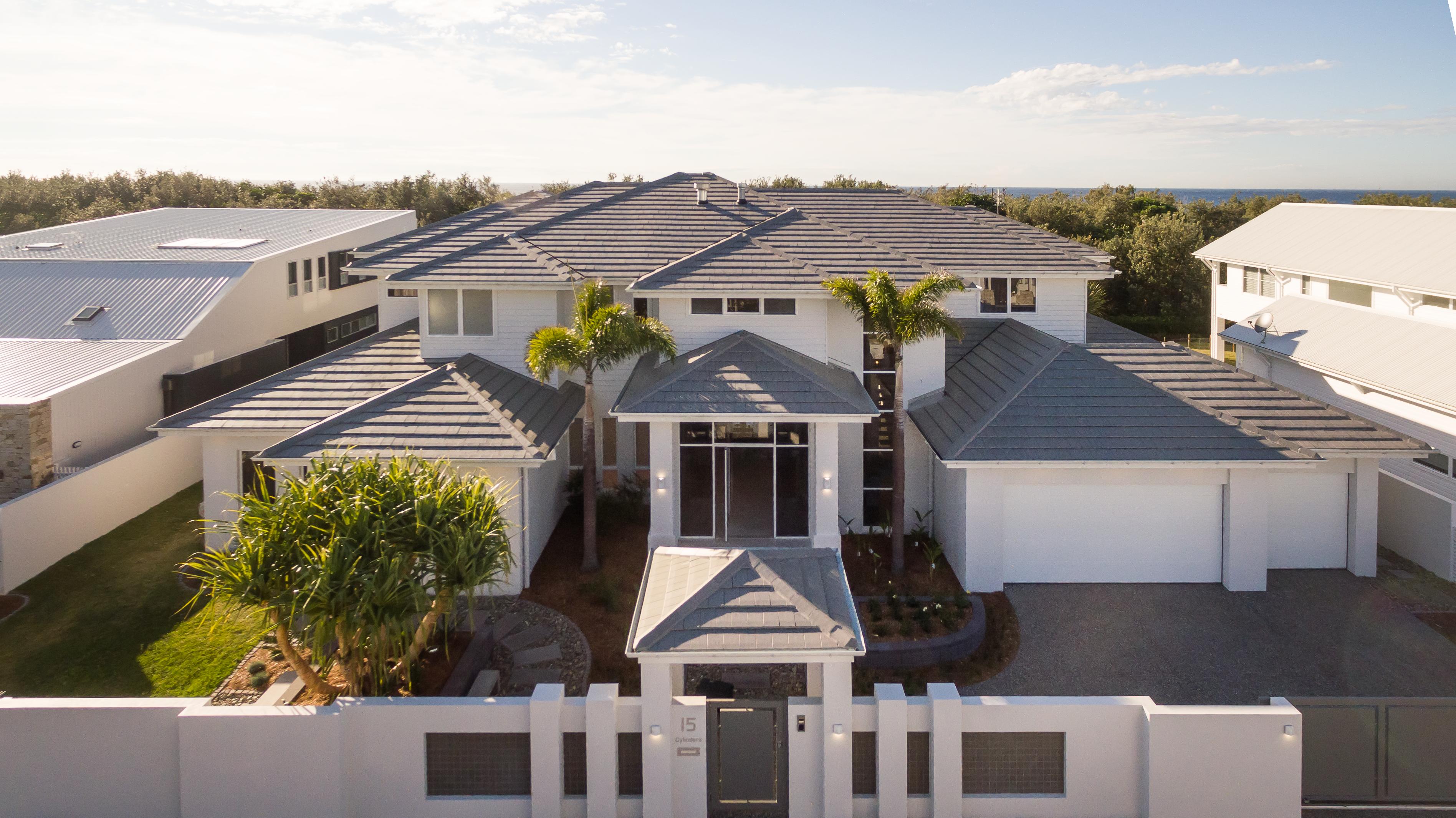
LOADING...

Have you ever considered the environmental impacts that your roof can generate? Are you aware that simply having roof tiles can evolve your home into an eco-friendly powerhouse? Before you make a decision on which roofing solution is right for you, consider the following when doing research which solution is right for you.
Concrete and terracotta tiles last up to 50+ years and beyond with minimal maintenance. If you are purchasing your first home, you may only have to conduct repairs once in your lifetime. Older families moving into a second home may never need to conduct maintenance at all and can be comforted by the fact that warranties are offered by many manufactures of terracotta tiles to protect the life-cycle of your roof and it’s installation.
Sleeping in wet weather can be difficult when rainfall is hammering down on your roof. The volume of sound that travels down into your home from above is impacted by what your roof is made from. Due to their density, terracotta and concrete tiles can soften the shudder and also offer sounds proofing benefits for homeowners whom reside on busy motorways, under flight paths or high density zones where noise can be at higher than usual decibels.
By investing in concrete or terracotta roofing tiles, you are doing your bit to keep our world green. Not only are both these materials recyclable, but because of their thermal mass, they are effective heat conductors. This means you can save money during the summer and winter.
To discover more information of Terracotta Roof tiles or to seek additional advise on roof maintenance please review our blog on how to extend the life if your roof.
Australia is known for its harsh environments. If you are considering a new home in the bush, then you need to do what is right for your family and guard against bushfires. Clay roof tiles are made from natural non-combustible materials and are poor heat conductors, meaning they will not burn or absorb high levels of heat. This could mean the difference during an emergency.
Whilst metal roofs are fire resistant and can protect against bushfires. Unlike clay metal is a very good heat conductor, which means temperatures are likely to escalate rapidly in any fire related emergency.
Are you interested in saving on water costs? Because of our hot climate, many Australians choose to harvest rainwater by placing a bucket under an eave during wet weather. Depending on the type of roof you possess, harvested rainwater you collect can contain toxins that can harm you and your loved ones.
Fortunately, rainfall collected from concrete and terracotta clay tiles is perfectly safe to drink or repurpose. However external contaminants such as dirt and animal interference must still be considered, regardless of roof type.